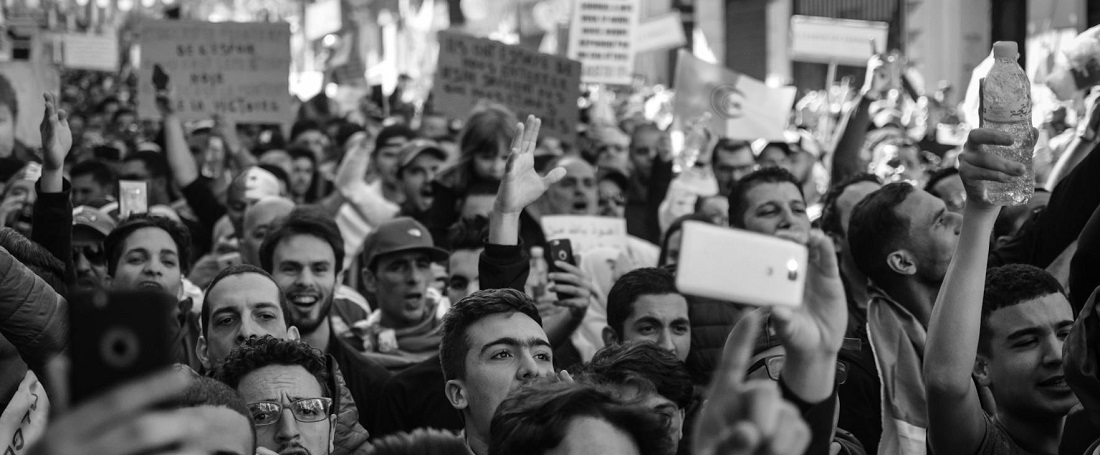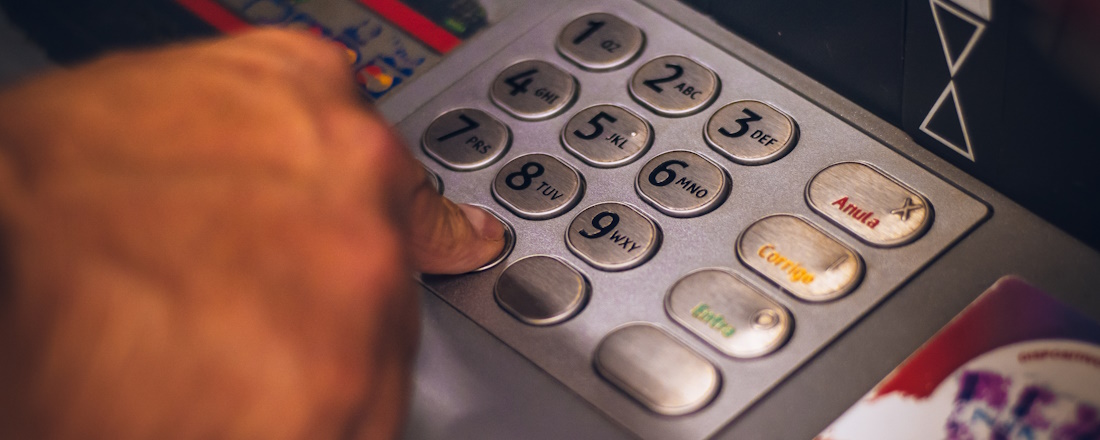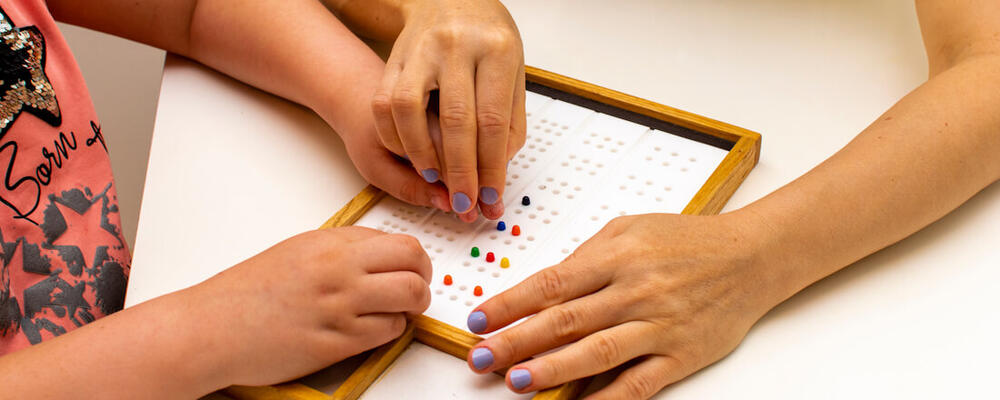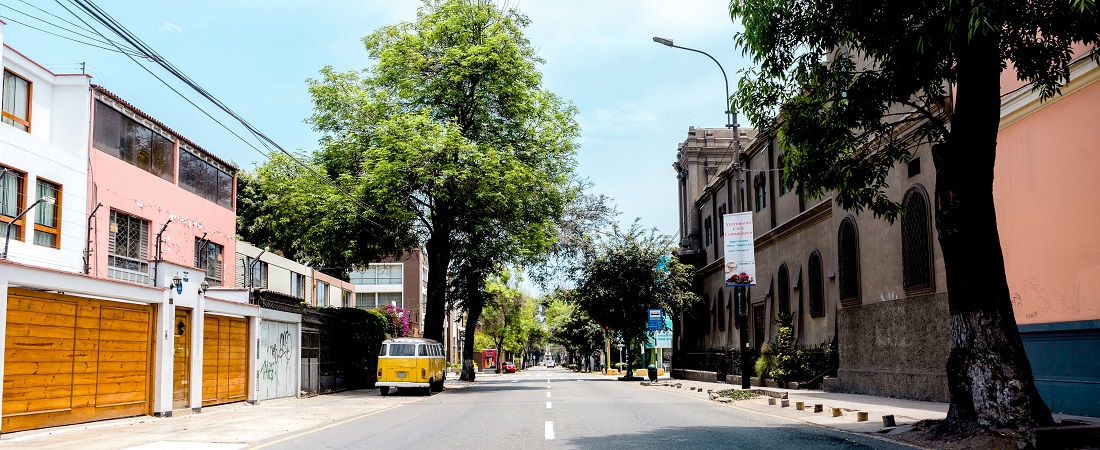Located on South America's west coast, Peru boasts not only a large portion of the Amazon rainforest but also staggeringly beautiful beaches, majestic mountainscapes and plenty of ancient ruins, including Machu Picchu. Besides luring plenty of tourists, Peru and its capital city of Lima, in particular, have also become popular expat destinations of late.
If you're moving to Peru, you will need to pick up some Peruvian Spanish to get by outside international business circles. Although increasing numbers of young adults can speak English thanks to globalised youth culture, the language is rarely spoken outside large cities like Lima.
Living in Peru as an expat
Due to Peru’s intricate history, the population is a mixture of ethnicities and heritages. As a newcomer to the country, you may be surprised to find that the country is a melting pot of languages, cuisines, and cultures, including Chinese, Spanish and Amerindian, to name a few.
As one of the largest cities in the Americas, the sprawling metropolis of Lima is home to over 11 million people. In fact, the city is home to a third of Peru's population, including a sizeable multi-ethnic expat community working in the many multinational companies based here. Lima is also a major financial centre in Latin America, generating over 50 percent of Peru’s GDP. If you're skilled in mining, manufacturing and tourism, you will find ample opportunities in the country. The demand for English teachers is also increasing.
Decent accommodation in Peru is generally affordable. Several areas and suburbs are well suited to cater to the needs of working professionals and expats, but freestanding houses are somewhat rare. Residential complexes on the outskirts of large cities often have some of the best choices available for new arrivals.
You should remember that despite Peru's relatively strong economy and multinational influences, it is still a developing country. The country has a limited public transport network, which mainly consists of buses and taxis.
A rail network exists, but it is more practical for tourists. If you have your own car, you can typically explore the country more freely, but roads are largely in poor conditions, especially outside big cities. Air travel is a practical means of transport, considering the country’s size.
Public healthcare in Peru is frequently underfunded and understaffed. Cities have better amenities than rural areas, but even here, expats generally prefer private institutions. The country has public healthcare, called Segura Integral de Salud (SIS) and EsSalud, but as most expats do, you'll likely take out private or international healthcare to ensure coverage.
Cost of living in Peru
The cost of living in Peru is largely cheaper than in the US and Europe, especially for locally produced foodstuffs and services such as domestic help. That said, new arrivals should factor in the expenses of hiring taxis or buying a car, as public transport is usually rather limited. Private or international school fees are another expense to consider for those moving to Peru with children.
Families and children in Peru
Public schooling in Peru is mostly of good quality, though many schools are underfunded. Tuition is mainly in Spanish, with local languages such as Quechua offered in more rural areas. There's a number of good private and international schools in the country, and the choice of tertiary education is wide and often of high quality.
Peru offers a range of colourful experiences and activities. Families can explore the rich historical sites or trek through the beautiful natural landscape. Large cities like Lima and Cusco offer many interesting things for newcomers to explore, including interesting tours and myriad exotic foods.
Climate in Peru
The country has a climate that varies across its different regions. With dry desert climates across its coastal regions and freezing temperatures in its mountainous regions, the climate in Peru may take some getting used to. The more tropical regions also experience a reasonable amount of rainfall during the wet season.
Most expats who move to Peru instantly fall in love with this corner of South America. With warm and friendly locals, some of the most picturesque landscapes in the world, a rich history and a good standard of living, it's no surprise. New arrivals can enjoy a low cost of living and a truly unique expat experience.
Fast facts
Population: About 34 million
Capital city: Lima
Neighbouring countries: Chile, Bolivia, Colombia, Ecuador, and Brazil
Geography: While a mostly mountainous country, Peru is extremely diverse in its geography, with the Pacific Ocean to the west. There are three natural zones. The Costa (coastal) region is a narrow coastal plain consisting of large tracts of desert broken by fertile valleys. The Andes are in the Sierra highlands, with peaks towering over 6,000m (20,000ft). The fertile Selva (jungle) area lies between the Andes and the borders with Brazil, Bolivia, Colombia, and Ecuador.
Political system: Presidential constitutional republic
Major religion: Roman Catholic
Main languages: The main language is Spanish, with Aymara and Quechua mostly spoken in the rural areas
Money: The Peruvian Nuevo Sol (PEN) is divided into 100 céntimos
Tipping: Some restaurants add a service charge of between five percent and 10 percent, but waiters can be offered an additional 10 percent for exceptional service. Taxi drivers are not tipped, but tour guides are.
Time: GMT-5
Electricity: 220V, 60Hz. Two-pronged plugs with flat blades and plugs with two round prongs are used.
Internet domain: .pe
International dialling code: +51
Emergency contacts: 105 (police), 116 (fire), 117 (ambulance)
Transport and driving: Driving is on the right-hand side, and public transport is available, with buses and taxis being the most popular forms. Locals often drive erratically in Peru, so driving defensively is recommended if you plan to drive while living in the country.

















